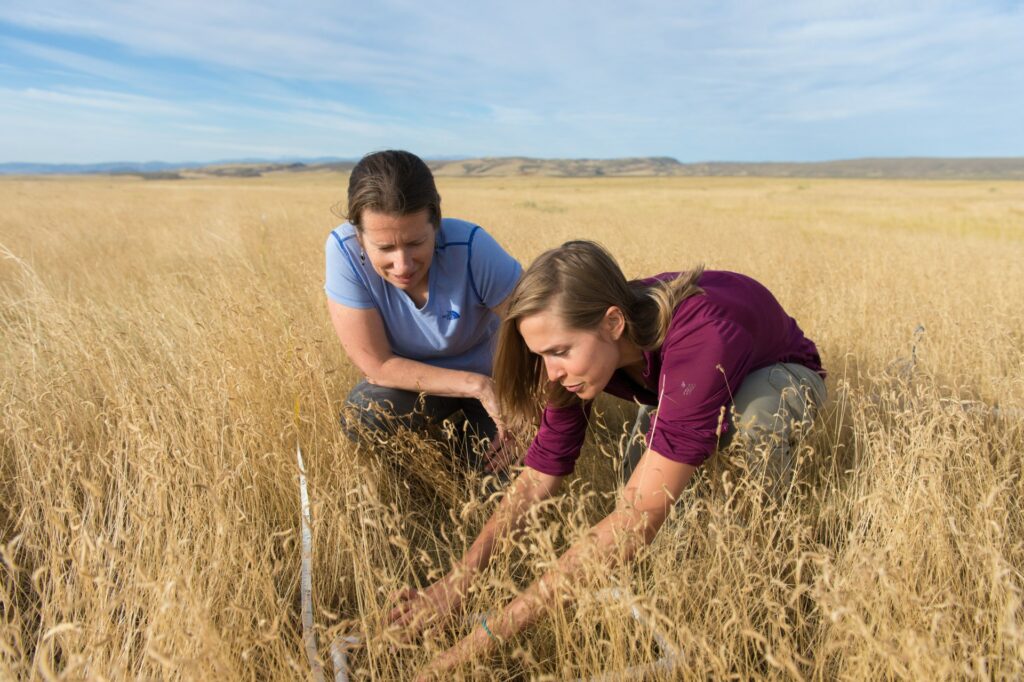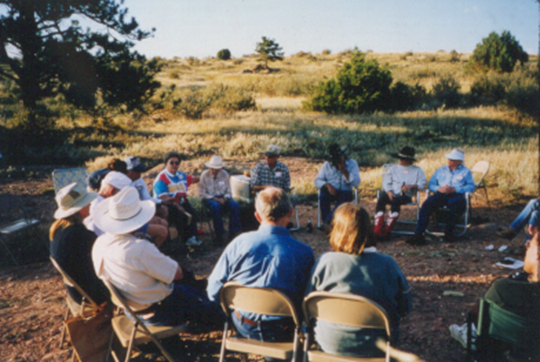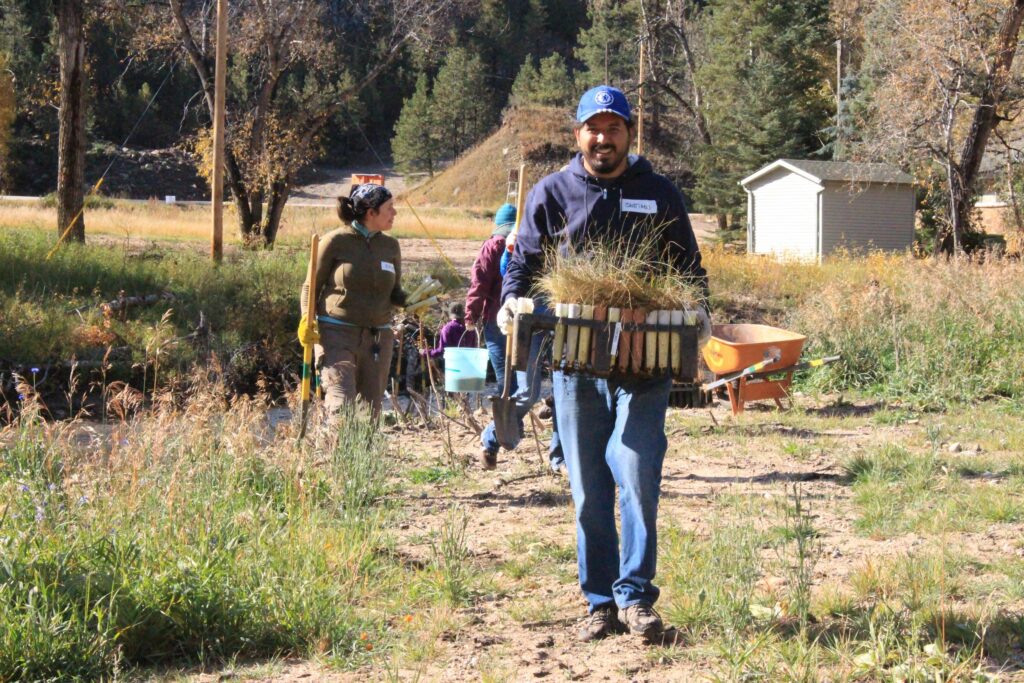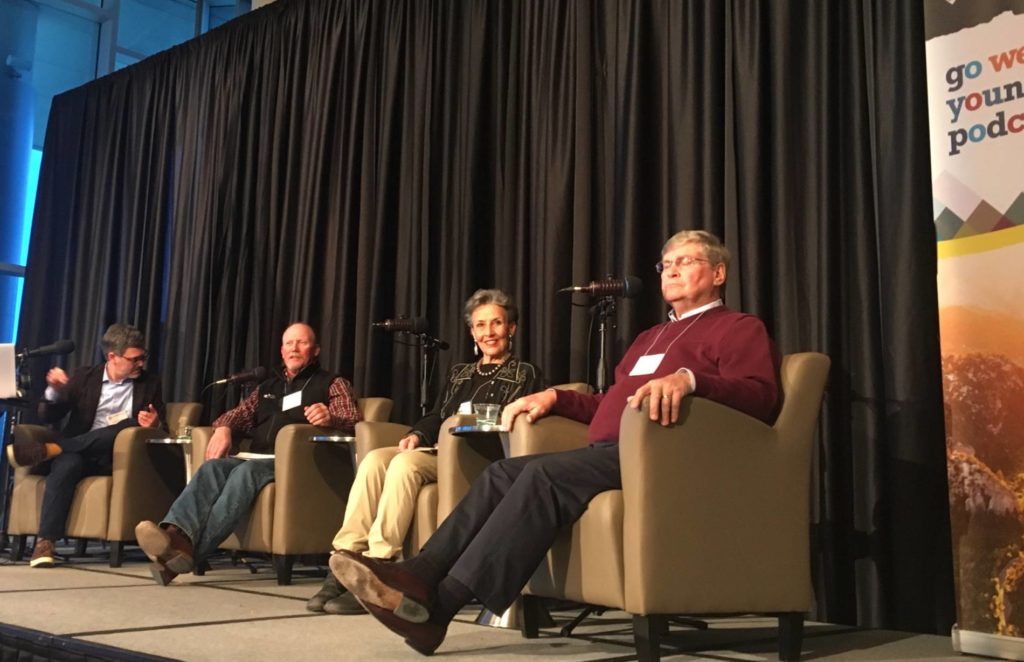
The Western Collaborative Conservation Network (WCCN) promotes and supports community-based collaborative conservation efforts that strengthen and sustain healthy landscapes, vibrant communities, and thriving economies.
Increasing population demands on limited resources, declining land management capacity, uncertain climate patterns, and unpredictable natural events are making the West’s natural resources, communities, and economies vulnerable.
The Western Collaborative Conservation Network connects partners across ten states in the West to advance the practice of community-based collaborative conservation. We do this by:




We are individuals and organizations in Arizona, California, Colorado, Idaho, Montana, New Mexico, Nevada, Oregon, Texas, Utah, and Wyoming—and expanding across the West—working in forests, grasslands, and watersheds.
Learn more about our members, where they are located, and how to connect with us!
Join our mailing list to receive regular updates and our quarterly e-newsletters that promote opportunities to learn and engage with our network across the West. You can also subscribe to our peer-to-peer listserv for engaging discussions and knowledge-sharing.
Supporters enable the WCCN to amplify our network’s efforts with:
Many supporters give money and/or time to make the WCCN work. Core financial support for the WCCN comes from:
See our full list of individuals and organizations who support the WCCN with time and funding.
We believe that increased collaboration builds stronger communities and creates enduring conservation actions.
To learn more, contact the WCCN Communications Team at Conserve@Colostate.edu
363 Michael Smith Building
Warner College of Natural Resources
1401 Campus Delivery,
Colorado State University
Fort Collins, CO 80523
SEE MAP

Apply to CSU | Contact CSU | Disclaimer | Equal Opportunity | Privacy Statement
© 2021 Colorado State University